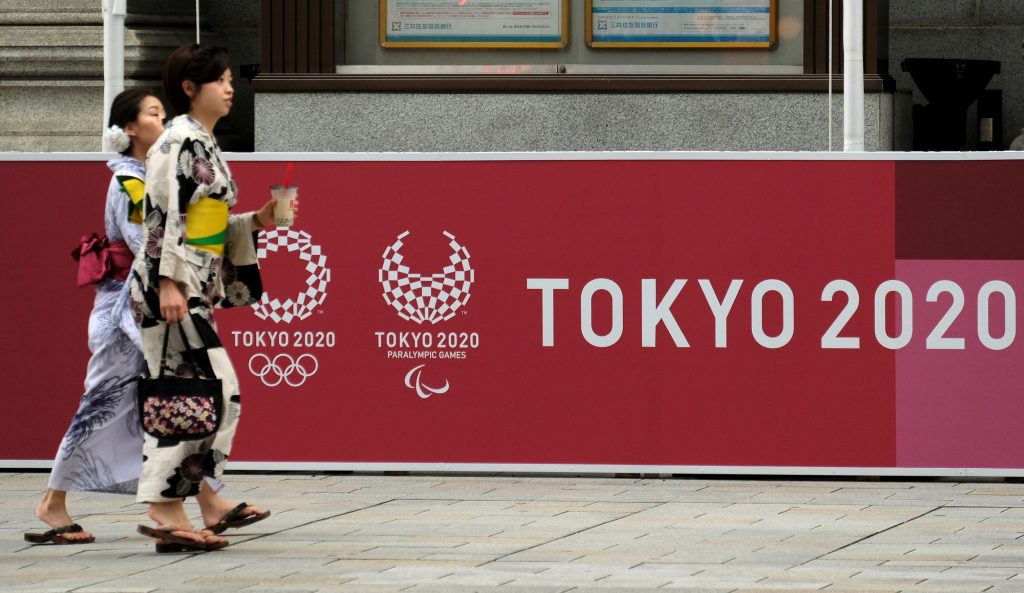
- ARAB NEWS
- 25 Apr 2024

Jumana Khamis, Dubai
A non-profit organization is creating unique, handmade kimonos for each of the 206 countries participating in the 2020 Olympic Games in Tokyo.
As a part of the “Imagine One World” project, some of Japan’s top designers have been selected to create the traditional garments ahead of the opening ceremony on July 24.
Speaking to Arab News, the project’s representative Orie Shimizu said each design aims to be symbolic of the country’s culture. The final pieces will include a kimono along with a sash known as an “obi,” typically worn around the waist.
“We are aiming to re-discover and re-develop the elaborate Japanese technique of dying and weaving. Most of our kimonos are dyed, and the obis are made through weaving,” said Shimizu.
While the majority of the kimonos will be made using traditional techniques by Japanese designers in the country, two exceptions have been made. The obi for the Palestinian kimono was created by refugees who used embroidery as their main design. Similarly, the kimono designed for Indonesia was made using wax, following the batik technique.
“We would like to deliver the message that ‘the world can unite as one’ through the kimonos,” said Shimziu.
Originating in the Japanese Heian period (794-1185), the traditional kimono may have evolved over centuries, but is still worn in Japan for special occasions such as weddings, funerals and tea ceremonies.
Shimziu said the creation process is usually divided into more than 20 steps and begins with a rough draft of the work sketched by the designer.
The draft is then sent to the relevant embassy for approval.
“When the rough design is fixed, the artisan begins the dyeing or weaving process. It takes between six and 12 months to complete one kimono,” said Shimizu.
Previously, the kimono organization has showcased its work to the heads of delegations at the G20 summit as well as the Tokyo International Conference on African Development. A group modelling the kimonos also performed at the pre-event of the Rugby World Cup opening ceremony.
The “masterpieces” currently under progress, will be worn and showcased during the Tokyo Olympics and Paralympic games.
Shimizu, referred to the founder of the project, Yoshimasa Takakura, who took over the Kimono business from his father several years ago.
Previously a bank employee, Takakura was impressed by the various techniques involved in Kimono manufacturing, and felt compelled to sustain the traditional love for the craft.
“We have collaborated with different associations, the local government, economic organizations to organize the Kimono events,” said Shimizi, who believes that “every nationality can wear a Kimono”.
The founder of the project, Yoshimasa Takakura, took over the kimono business from his father several years ago.
Previously a bank employee, Takakura was impressed by the various techniques involved in kimono manufacturing, and felt compelled to sustain the traditional love for the craft.
The ‘Imagine One World’ Kimono project has worked on 173 Garments to date, and aim to complete 213 pieces representing all participating countries and regions by the summer of 2020.